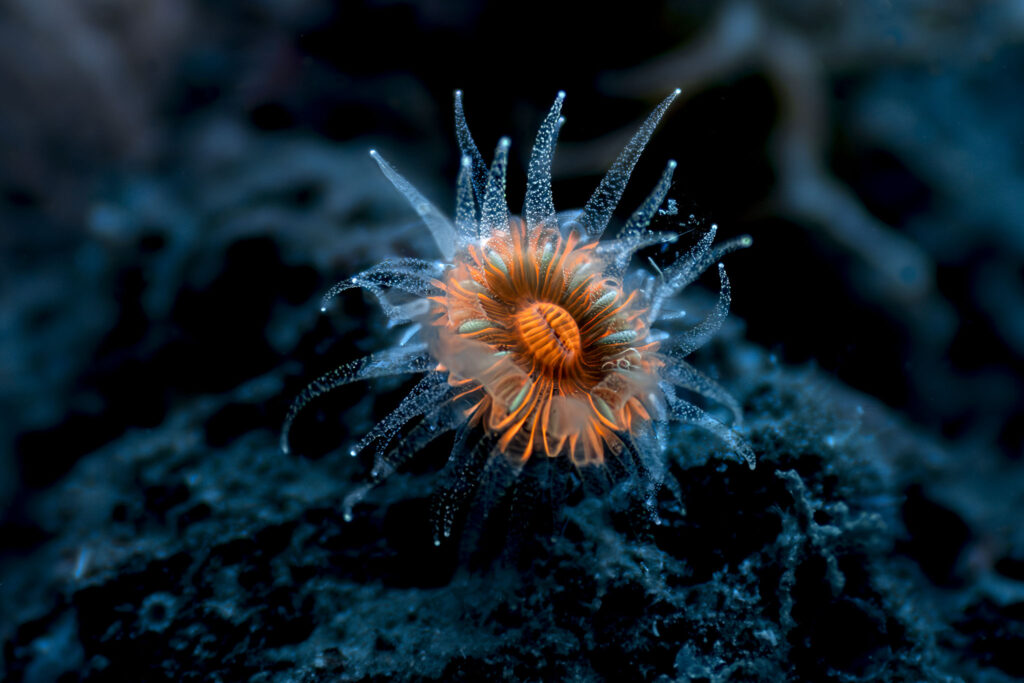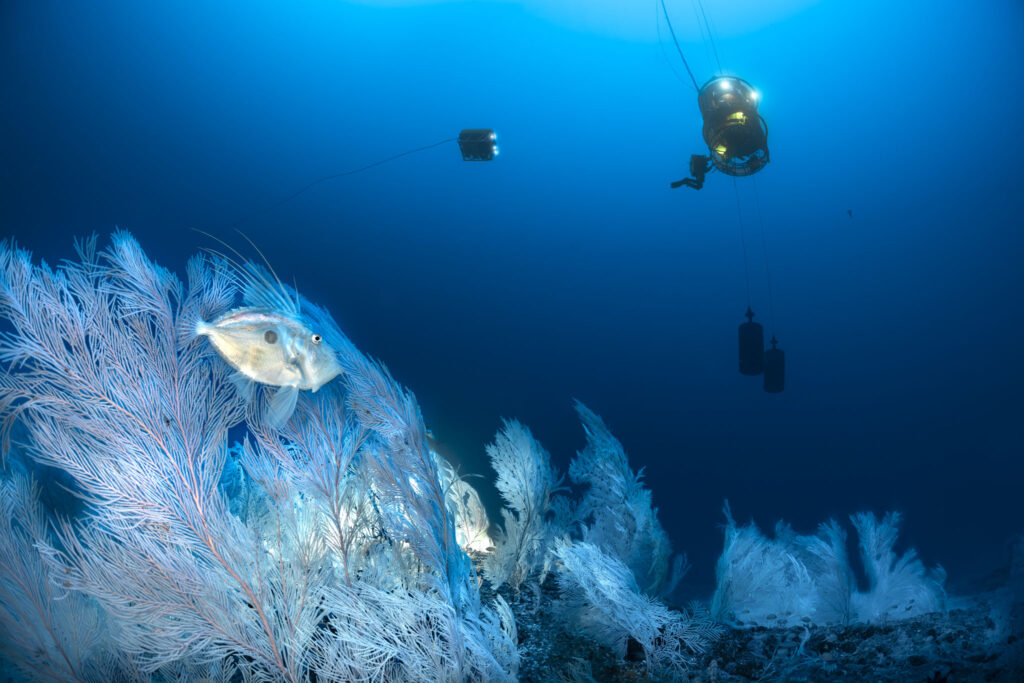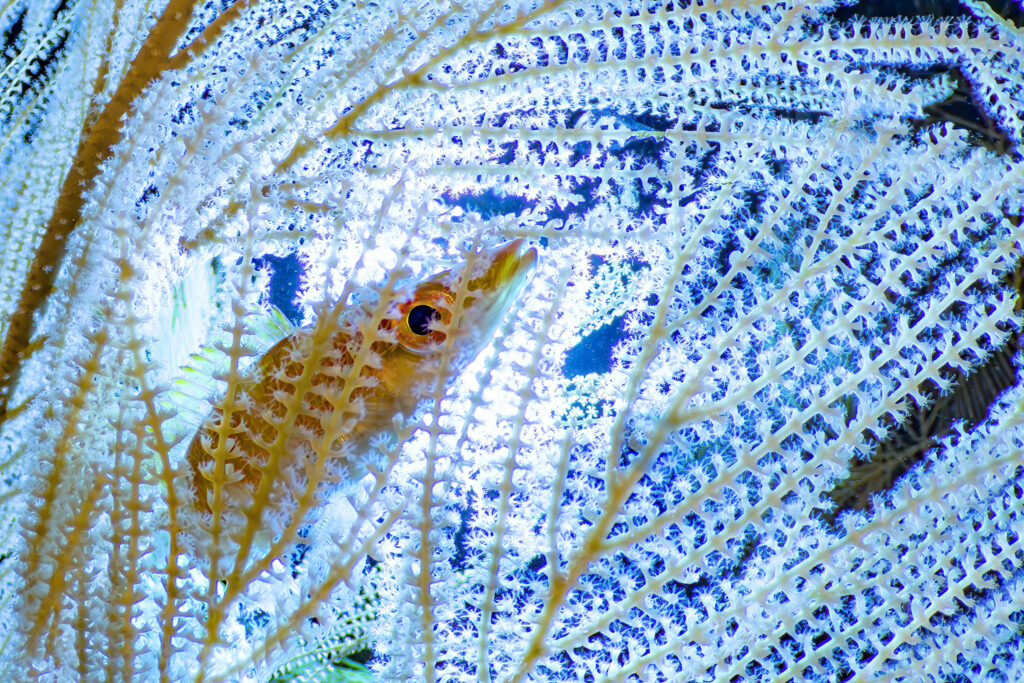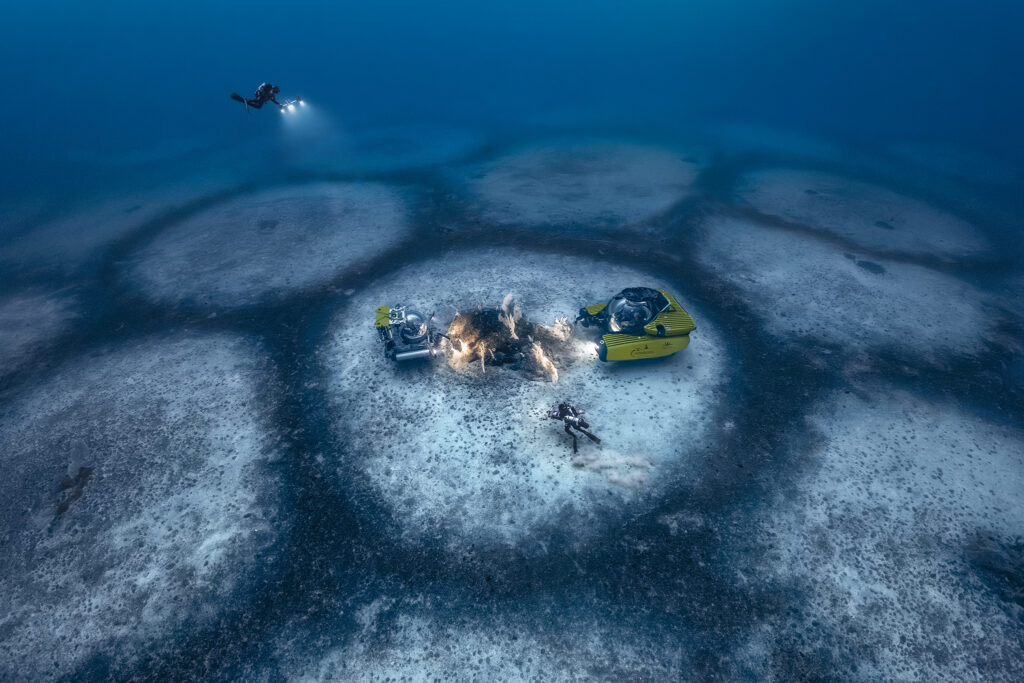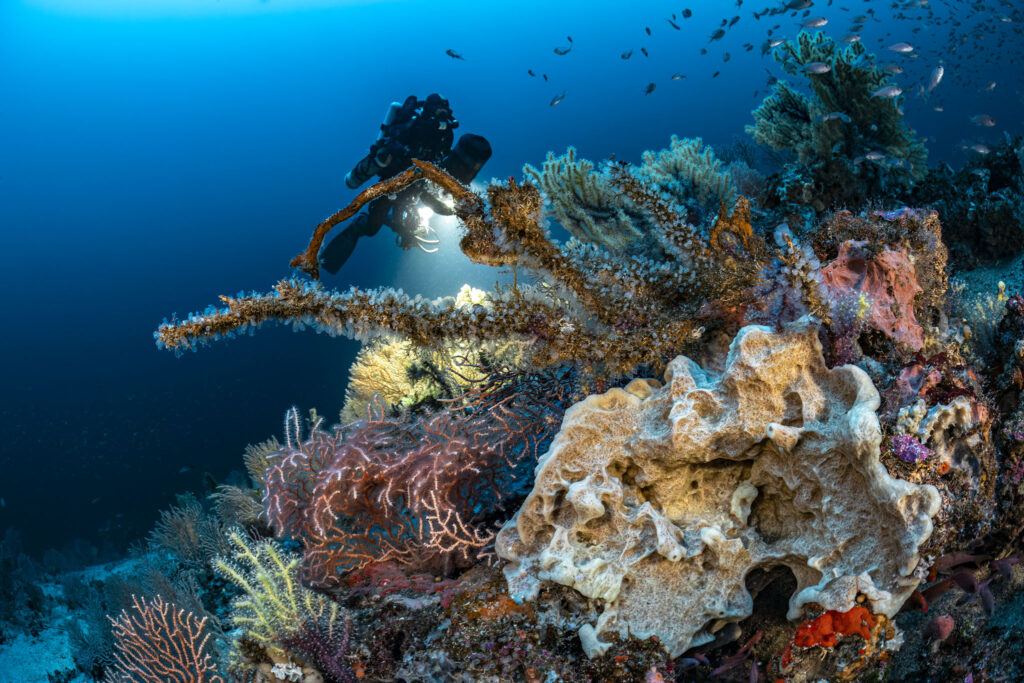The mystery of the rings
- 937 hours of underwater exploration
- 32 scientific protocols
- Approximately 40 French and international transdisciplinary researchers
Off the coast of Cap Corse, at depths exceeding 100 meters, lie enigmatic formations—perfectly circular rings, each 20 meters in diameter. Their origin and formation process remain a mystery that the Gombessa team is working diligently to solve. With the help of an underwater station, submarines, and numerous experiments, they are piecing together the puzzle.
The first glimpse of these extraordinary formations came in 2011, when sonar scans conducted by IFREMER and the University of Corsica revealed unusual circular structures on the ocean floor. Though their appearance has been documented, the question remains: Why are these formations found in the Mediterranean, and how did they come to be?
The investigation soon expanded to include experts from multiple disciplines—geology, geophysics, ocean evolution, and paleoclimatology—making the study of these formations a significant scientific endeavor.
The scientific expedition took place in the Cap Corse and Agriate Marine Park.
A range of critical questions:
- What is the origin of the Cap Corse rings?
- What materials make up these formations?
- When and how did they appear?
- Why are they so remarkably regular in shape?
- Why are they located here and not elsewhere?
- How can we protect them?
Key Missions:
- 2020: First dive on the rings, led by Laurent Ballesta
- 2021: A 21-day saturation diving mission
- 2022: Three-week mission of autonomous deep dives
- 2023: A multi-faceted mission using two submarines, ROVs, and autonomous deep dives
After four years of intense research, the Gombessa Expeditions are beginning to uncover the secrets of the Cap Corse rings. These formations are not only a geological enigma but also host unique biodiversity, making them an exceptional natural heritage—both geologically and biologically.
The importance of this research is heightened by the threats these ecosystems face, including ship mooring and noise pollution from maritime traffic, which endanger the delicate balance of these one-of-a-kind Mediterranean ecosystems.


